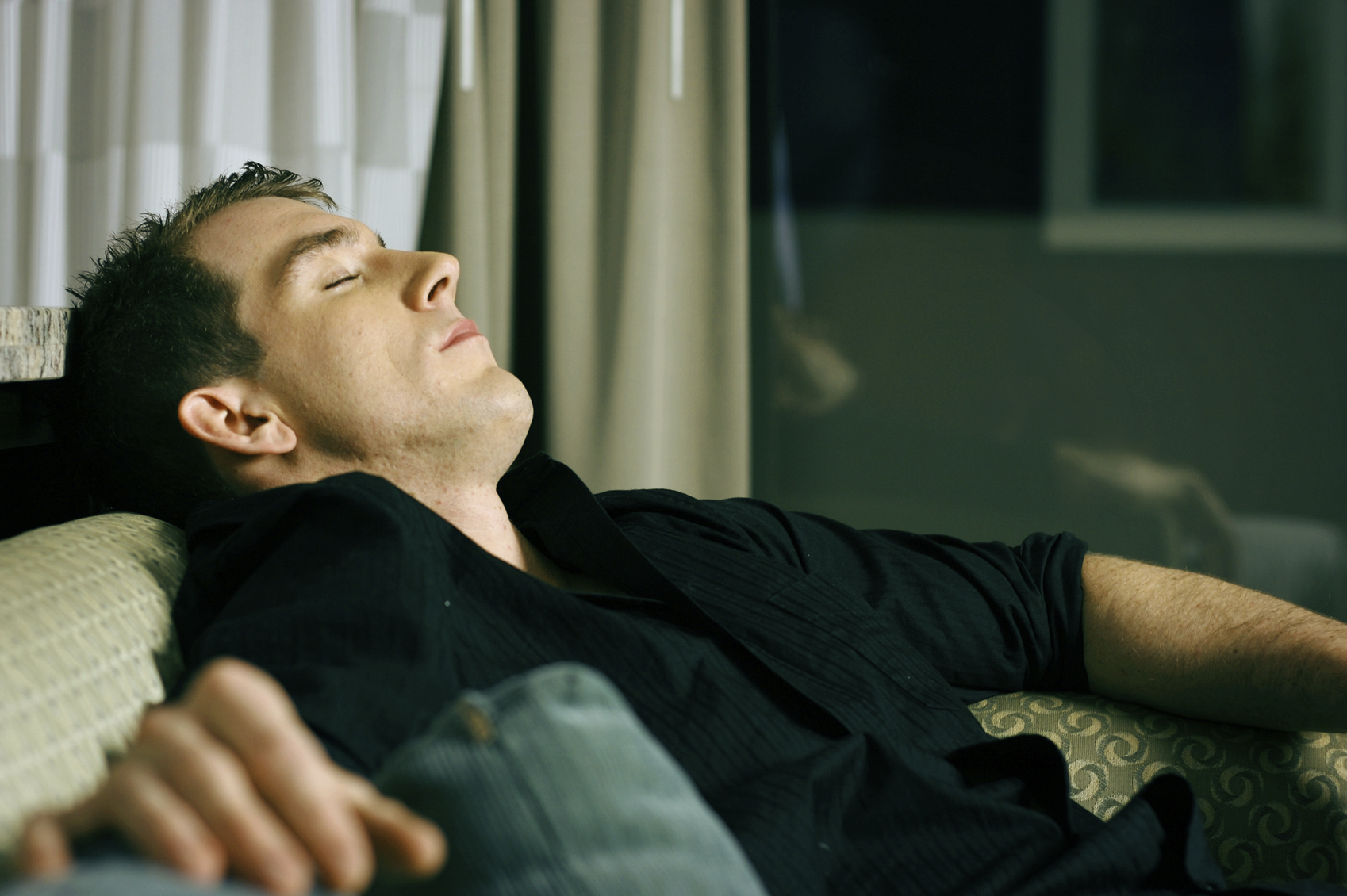Sleep Deprivation
SAFETY SPOTLIGHT: FIGHTING FATIGUE

The most obvious cause of fatigue is a lack of sleep. Different people need different amounts of sleep, but for most adults the critical amount is between seven and eight hours a night. If you’re regularly deprived of a good night’s sleep, it will eventually catch up with you. For example, it may affect your ability to concentrate, and you may become overwhelmed by a desire to sleep. The best defense against fatigue is to change your sleeping pattern and get a full night’s rest on a consistent basis: One good night of sleep won’t make up for days of sleep deficit.
Avoid flights that arrive after 10 p.m. If that’s not possible, try to get plenty of preemptive rest and consider bringing another pilot along.Body Clock
The human body has an internal clock, a “circadian rhythm” set by external cues (primarily daylight and darkness: See: Circadian Rhythm). It’s the reason we’re generally sleepy at night and active during the day. It’s not difficult to throw your clock out of sync. A fast, long-range aircraft can easily cross several time zones in a single flight, disrupting the pilot’s circadian rhythm and causing a condition known as jet lag.
But jet lag isn’t the only way to end up at cross-purposes with your body’s clock. For general aviation pilots, end-of- the-day flights are more often the problem.
Scenario Business Trip
 You depart in the early-morning, fly several hours, spend the day in a meeting, and then fly home the same evening. That may not sound so bad—but take a closer look. It can be difficult to sleep the night before an important trip. Preparing for a cross-country flight can be stressful, particularly if the weather is marginal and it’s important to get to the destination. There may be delays because the airplane has mechanical problems or weather leads to ATC reroutes. That’s just getting to the meeting, which may itself involve conflict and difficult decisions. By the time the meeting is finished, you’ll have been awake for more than 12 stressful hours (a good portion of which was spent at altitude). Yet you plan to fly single-pilot IFR, at night, in a high-performance airplane—at a time when your body naturally wants to “call it a day.” It’s a situation that easily demands more of you than you physically or mentally can give.
You depart in the early-morning, fly several hours, spend the day in a meeting, and then fly home the same evening. That may not sound so bad—but take a closer look. It can be difficult to sleep the night before an important trip. Preparing for a cross-country flight can be stressful, particularly if the weather is marginal and it’s important to get to the destination. There may be delays because the airplane has mechanical problems or weather leads to ATC reroutes. That’s just getting to the meeting, which may itself involve conflict and difficult decisions. By the time the meeting is finished, you’ll have been awake for more than 12 stressful hours (a good portion of which was spent at altitude). Yet you plan to fly single-pilot IFR, at night, in a high-performance airplane—at a time when your body naturally wants to “call it a day.” It’s a situation that easily demands more of you than you physically or mentally can give.
Scenario Family Travel
Many of the same issues that crop up on business trips—passenger expectations and pressure to get home before a certain time—also cause trouble flying cross-country for the holidays, or taking the airplane on vacation. The circumstances are very different, but the factors that lead to fatigue are much the same.
Take it Easy
The best advice is to stick to as normal a schedule as possible. Don’t put yourself in “need to get home” situations. If you know it’s going to be a long day, plan to spend the night and depart the following morning. Avoid flights that arrive after 10 p.m. If that’s not possible, try to get plenty of preemptive rest and consider bringing another pilot along. If you feel any serious concern about your level of fatigue, stay on the ground.